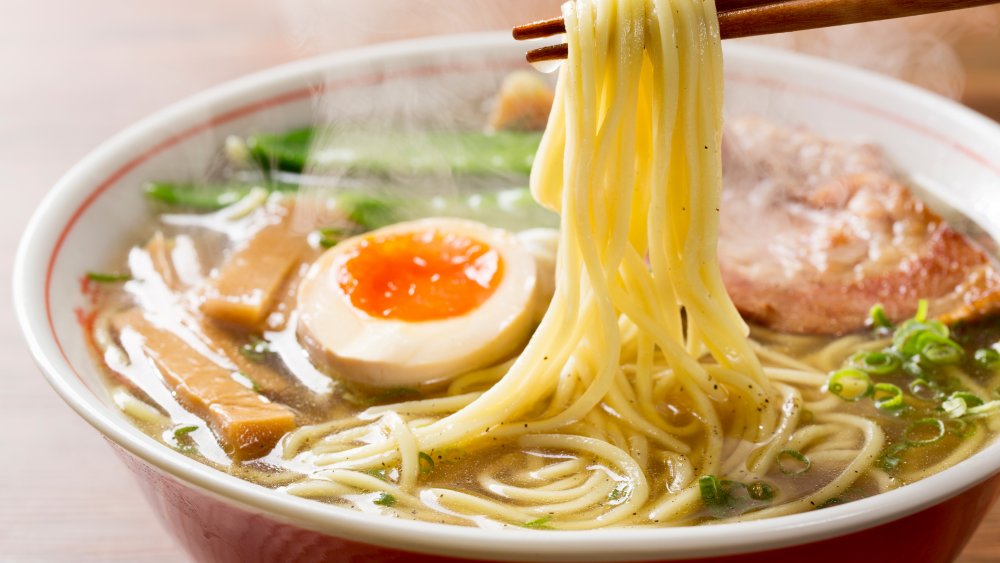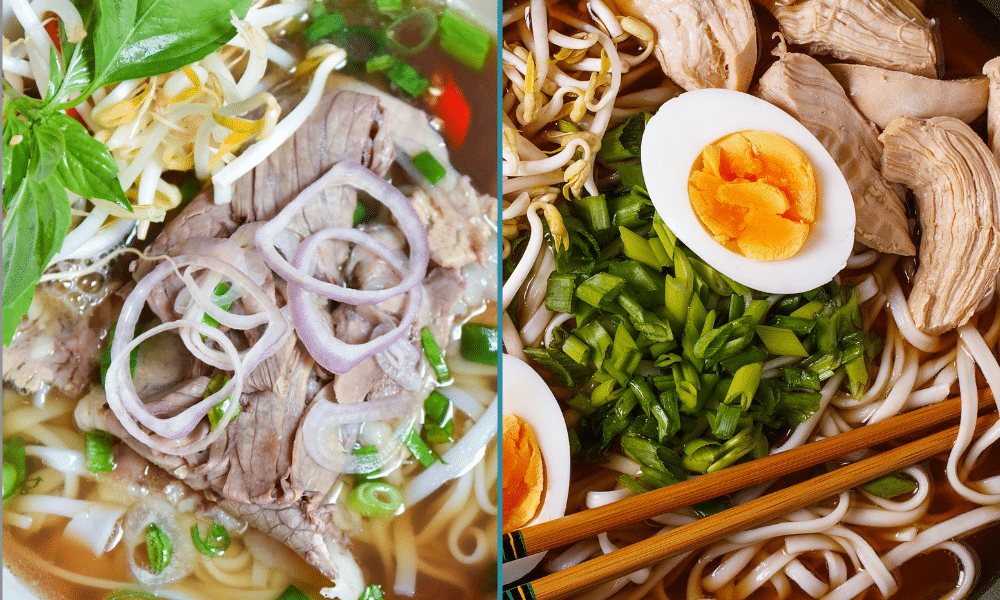Pros and Cons of Pho

Pho vs con – Pho is a delicious and popular Vietnamese soup dish that is enjoyed by people all over the world. It is made with a flavorful broth, rice noodles, and a variety of toppings, such as beef, chicken, or tofu. Pho is a relatively healthy dish, as it is low in calories and fat and high in protein and nutrients.
The pho and con debate can be a heated one, but it’s important to remember that there are always two sides to every story. Just like in the upcoming Mets vs. Nationals game, where both teams have their strengths and weaknesses.
So, before you make a judgment, take the time to consider all the facts and make an informed decision.
However, there are also some potential drawbacks to pho. One concern is that it can be high in sodium. Additionally, some recipes for pho use MSG, which is a flavor enhancer that has been linked to a number of health problems.
In the realm of pho vs con, where opinions clash like celestial bodies, it is fascinating to observe how even celestial events can stir the pot. Take, for instance, the upcoming suns vs mercury prediction here. As the planets dance their cosmic ballet, their alignments and interactions may hold clues to the outcomes of our own earthly debates.
Comparison to Other Vietnamese Soups
Pho is one of many popular Vietnamese soups. Other popular soups include bun bo hue and bun cha. Bun bo hue is a spicy beef noodle soup that is made with a lemongrass-based broth. Bun cha is a grilled pork noodle soup that is made with a fish sauce-based broth.
All three of these soups are delicious and nutritious, but they each have their own unique flavor and ingredients. Pho is a lighter soup than bun bo hue or bun cha, and it has a more delicate flavor. Bun bo hue is a more spicy soup, and it has a more robust flavor. Bun cha is a more savory soup, and it has a more complex flavor.
Ultimately, the best Vietnamese soup for you is the one that you enjoy the most. If you are looking for a light and healthy soup, pho is a great option. If you are looking for a more spicy and robust soup, bun bo hue is a good choice. And if you are looking for a more savory and complex soup, bun cha is a great option.
Pho Cooking Methods: Pho Vs Con

Pho, a beloved Vietnamese noodle soup, is renowned for its rich and flavorful broth. The cooking process is an art form that requires patience and precision. Here’s a step-by-step guide to making a traditional beef pho broth:
Ingredients:
– 2 pounds beef bones (marrow bones preferred)
– 1 pound beef brisket
– 1 pound flank steak
– 2 onions, charred
– 3 cloves garlic, minced
– 1 tablespoon ginger, minced
– 1 teaspoon star anise
– 1 teaspoon cinnamon sticks
– 1 teaspoon cloves
– 12 cups water
– 1 tablespoon fish sauce
– 1 teaspoon salt
– 1/4 teaspoon black pepper
Instructions:
1. Blanch the bones: Place the bones in a large pot and cover them with water. Bring to a boil, then drain and rinse the bones thoroughly. This step removes impurities and gives the broth a cleaner flavor.
2. Roast the bones: Spread the bones on a baking sheet and roast in a preheated oven at 400°F (200°C) for 30 minutes, or until they are browned. Roasting the bones adds depth and richness to the broth.
3. Simmer the broth: Place the roasted bones, brisket, flank steak, onions, garlic, ginger, star anise, cinnamon sticks, and cloves in a large stockpot. Add the water and bring to a boil. Reduce heat to low and simmer for 6-8 hours, or until the broth is flavorful and has a deep amber color.
4. Season the broth: Season the broth with fish sauce, salt, and black pepper to taste. Remove the meat and bones from the broth and discard.
5. Strain the broth: Strain the broth through a fine-mesh sieve to remove any remaining impurities.
Noodles:
Pho is typically served with banh pho, flat rice noodles that are soft and chewy. Banh hoi, thin round rice noodles, can also be used. Both noodles are made from rice flour and water, but they have different textures and flavors.
Regional Variations:
Pho has many regional variations, each with its own unique cooking methods, ingredients, and flavors. Here’s a table comparing the three most popular variations:
| Pho Variation | Cooking Methods | Ingredients | Flavors |
|—|—|—|—|
| Pho Ha Noi | Simmered for a shorter time | Beef bones, brisket, flank steak | Lighter and more delicate |
| Pho Ho Chi Minh | Simmered for a longer time | Beef bones, brisket, flank steak, tendons | Richer and more savory |
| Pho Hue | Simmered with lemongrass and shrimp paste | Beef bones, brisket, flank steak, lemongrass, shrimp paste | Spicy and tangy |
Pho Variations and Toppings

Pho, a beloved Vietnamese noodle soup, offers a diverse array of variations and toppings that cater to every palate. From the tender meat to the vibrant herbs, each ingredient plays a crucial role in creating a symphony of flavors and textures.
Toppings
Pho is typically adorned with a variety of toppings that enhance its taste and appearance. These include:
– Bean Sprouts: Crisp and refreshing, bean sprouts add a crunchy texture and a subtle vegetal flavor.
– Cilantro: Aromatic and citrusy, cilantro provides a burst of freshness and a vibrant green hue.
– Onions: Sweet and slightly pungent, onions offer a savory and aromatic touch.
– Lime Wedges: Tart and juicy, lime wedges balance the richness of the broth and add a refreshing zing.
– Sriracha: Fiery and spicy, sriracha adds an optional kick of heat for those who crave a bolder flavor.
Meat Variations, Pho vs con
The type of meat used in pho significantly influences its overall taste and texture. The most popular options include:
– Beef: Tender and flavorful, beef is the classic choice for pho. It is typically sliced thinly and cooked in the broth until just tender.
– Chicken: Lean and delicate, chicken offers a lighter alternative to beef. It is often served with a side of chili oil for added flavor.
– Seafood: Pho can also be made with a variety of seafood, such as shrimp, squid, and fish. These options provide a unique and refreshing twist on the traditional dish.
Nutritional Information
The nutritional value of pho varies depending on the ingredients used. The following table provides an approximate breakdown for a typical bowl of pho with beef:
| Nutrient | Amount |
|—|—|
| Calories | 300-400 |
| Fat | 10-15 grams |
| Protein | 25-30 grams |
| Carbohydrates | 50-60 grams |
It is important to note that the nutritional content can vary significantly based on factors such as the portion size, the type of meat used, and the amount of toppings added.